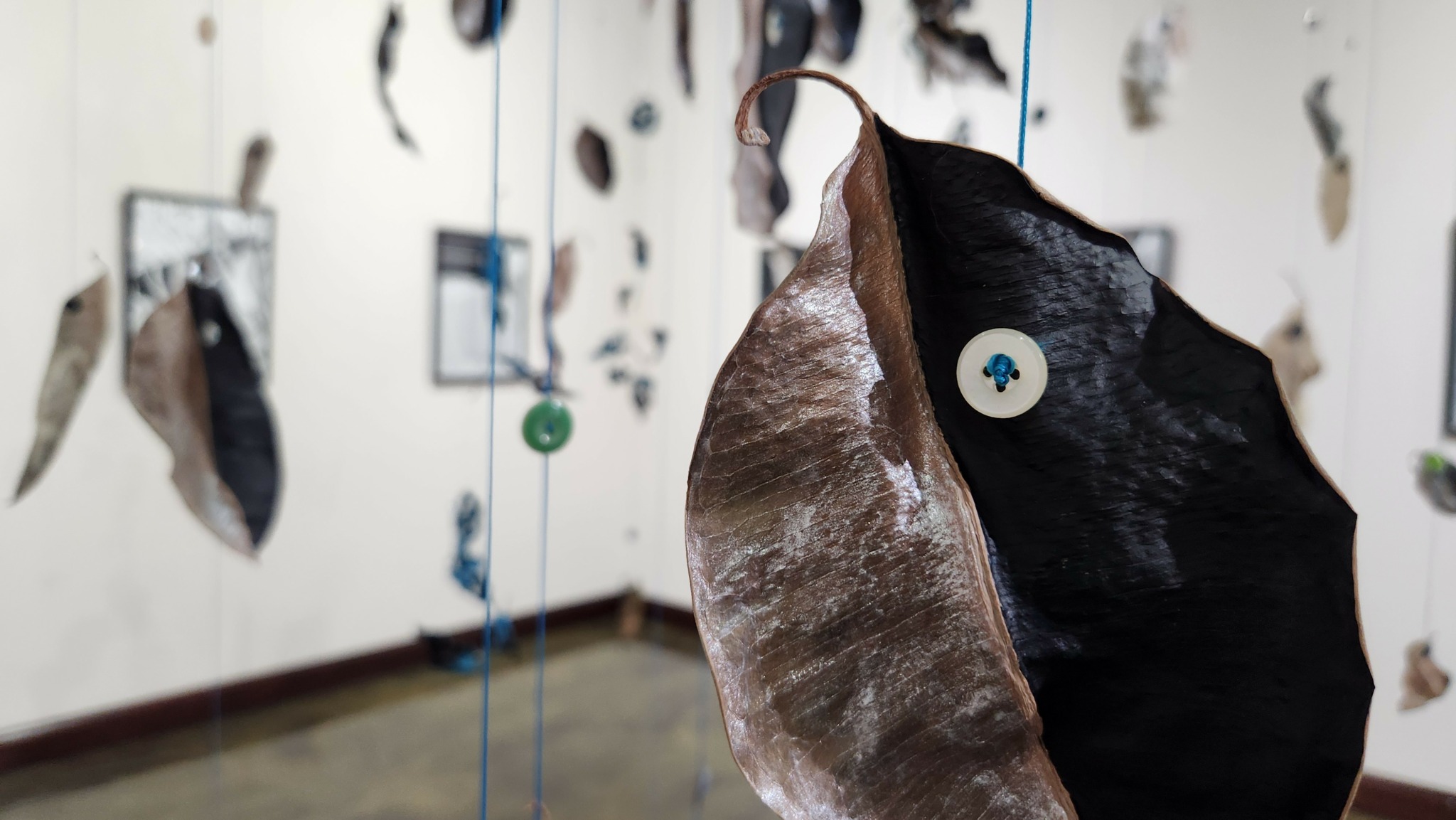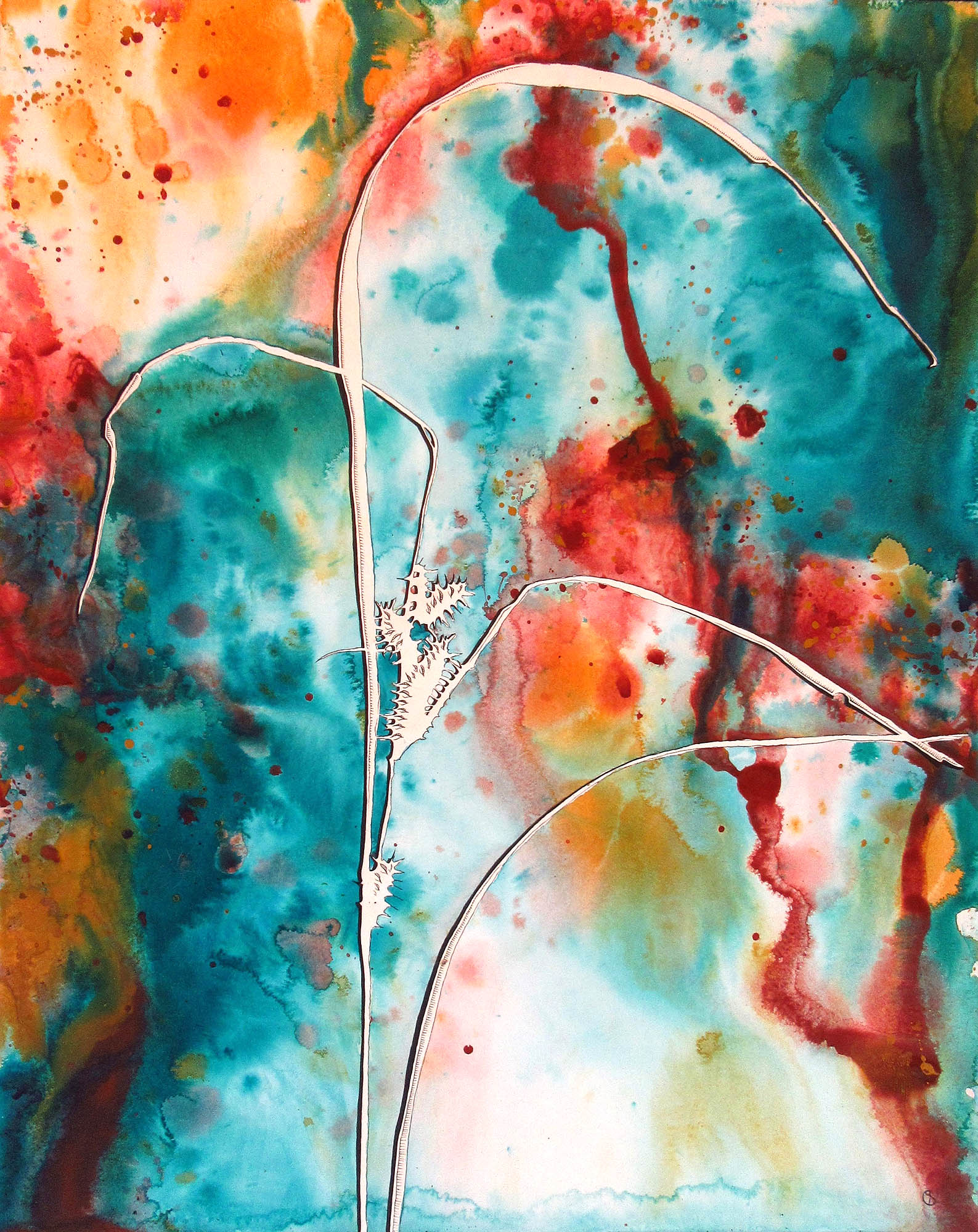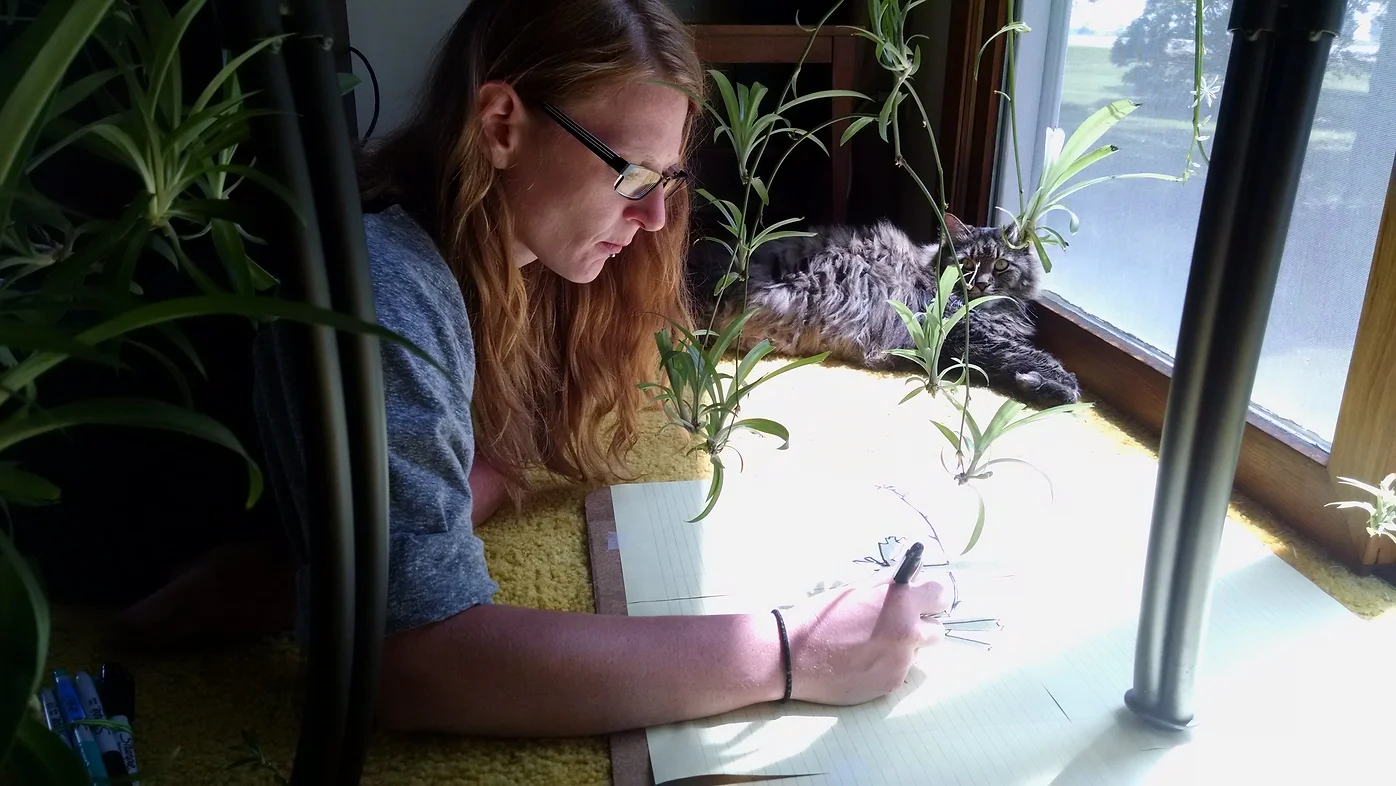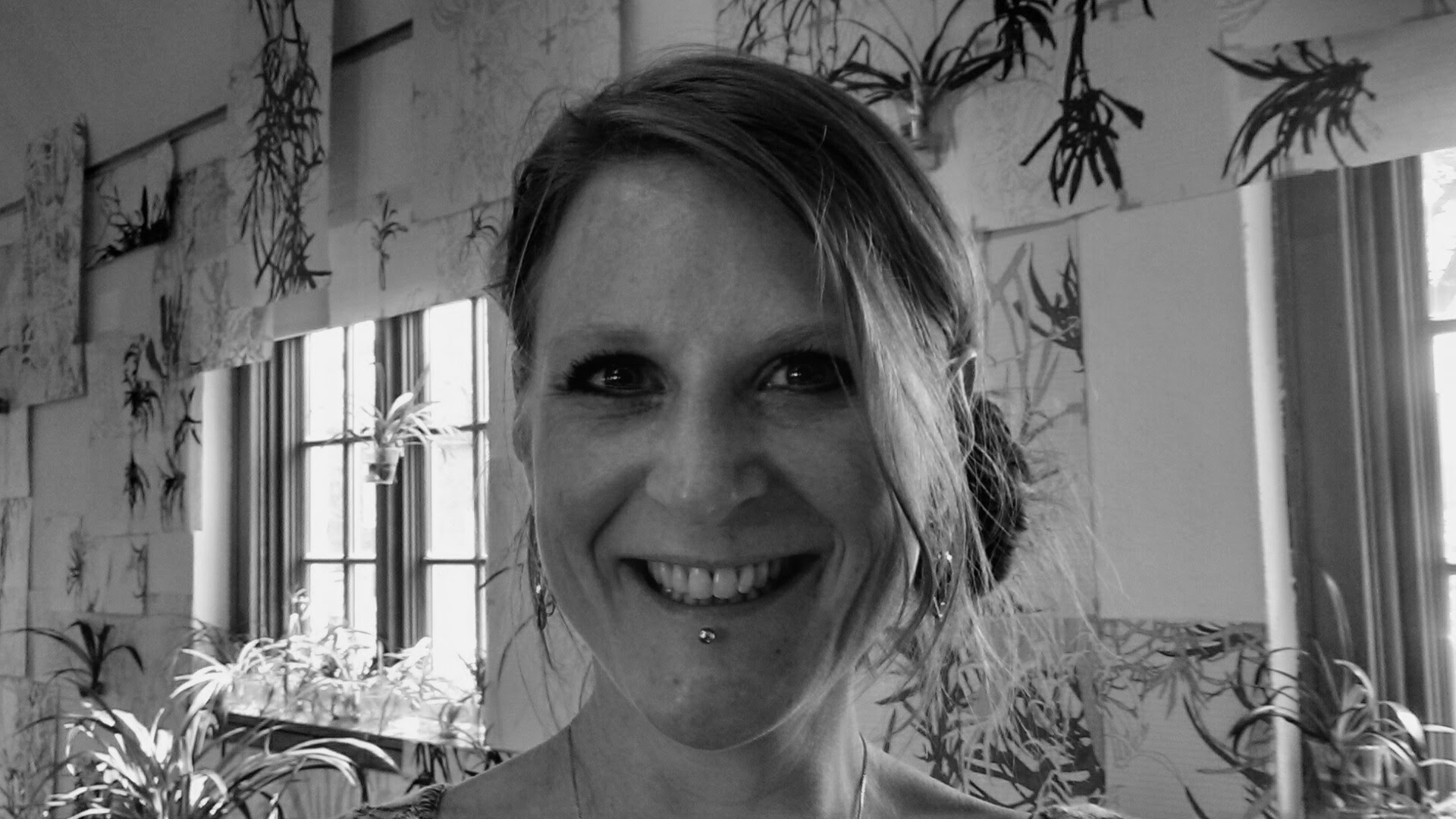We recently connected with Shelley Caldwell and have shared our conversation below.
Shelley , looking forward to hearing all of your stories today. We’d love to hear about the things you feel your parents did right and how those things have impacted your career and life.
My parents were present, understanding, and lived the example that happiness doesn’t come from money; it comes from love, a connection with nature, and living in alignment with who you truly are. They were farmers who worked long, hard hours to provide what we needed; they were also resourceful, encouraging, and fun-loving.
They were great at making something from nothing and fully utilizing materials. My Mom, for example, has made quilts from old jeans & sheets since she was in high school. Her durable, versatile, easy to clean creations have become highly coveted throughout our large extended family as she gifts them for graduations, weddings, births, and other milestones.
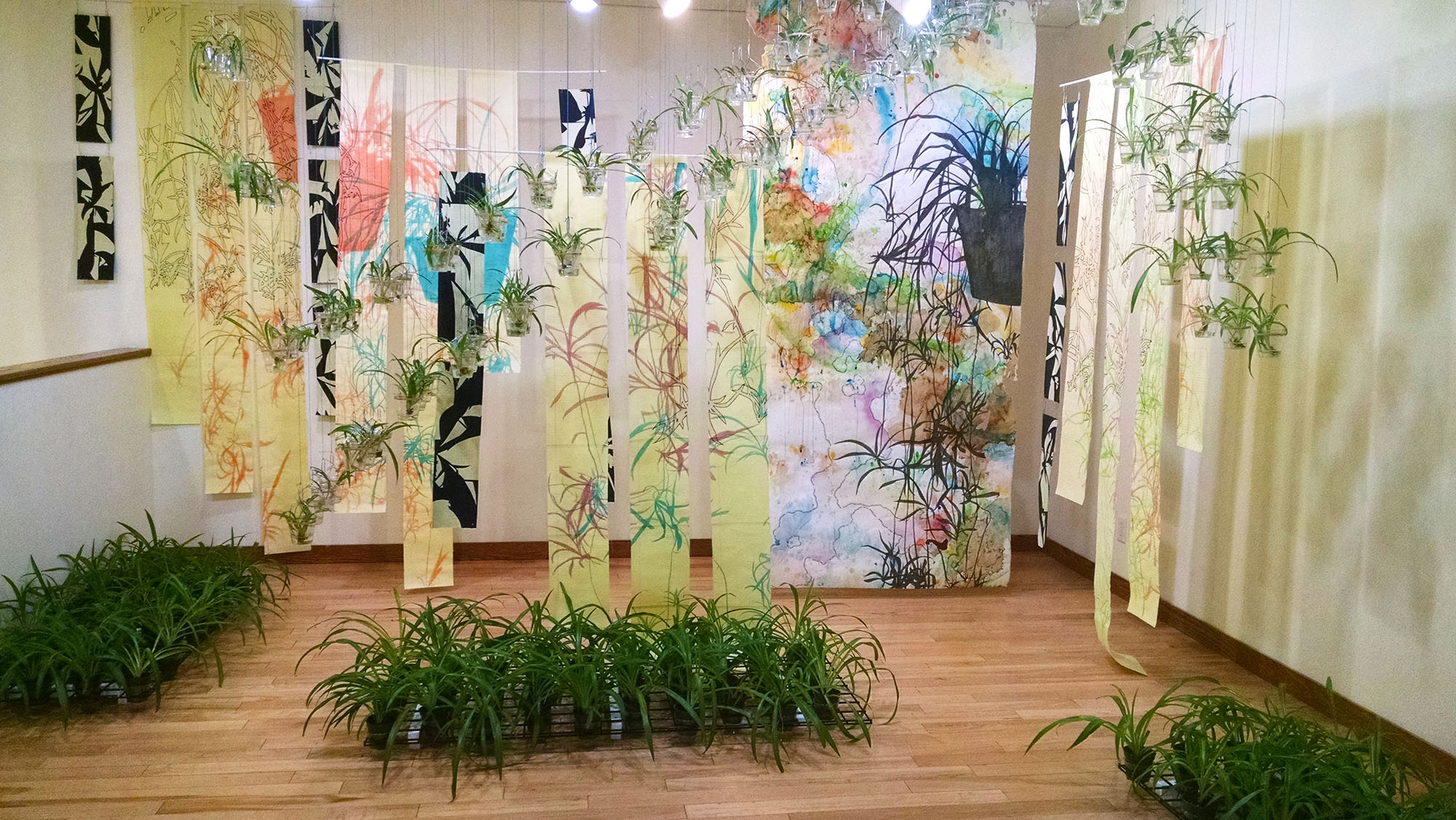
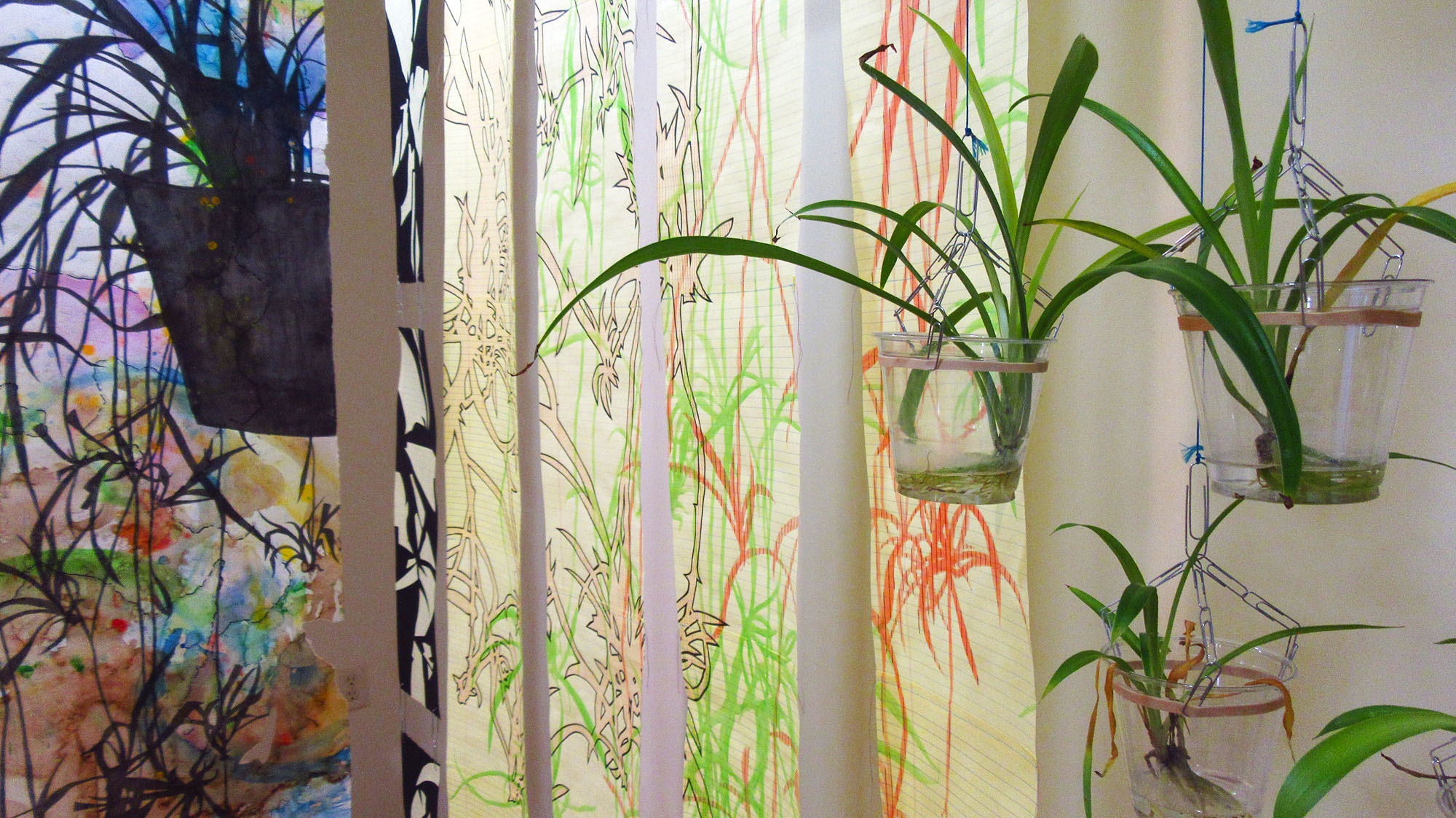
As always, we appreciate you sharing your insights and we’ve got a few more questions for you, but before we get to all of that can you take a minute to introduce yourself and give our readers some of your back background and context?
I am a multi-disciplinary visual artist who creates mixed-media drawings and large-scale, site-specific installations. My work is primarily focused on plants, subjects from nature and daily life, & abstraction. I have been drawing and making things for as long as I can remember. I always loved school and excelled at art. Despite this, I was apathetic to pursue art (or college) after high school; my Dad died during my senior year and figuring out how to just live was my only concern. I had also succumbed to societal pressure around the uncertainty of how to “make it” as an artist and was likewise afraid I would end up hating art if I had to do it for a living so, I ran away from it. After working several dead-end jobs in various industries as a young adult, I knew it was time to go back to school. My first college painting class made clear my path: I was, and always had been, an artist. It was time to stop running and embrace it.
I received an AA in liberal arts from Ridgewater College of Hutchinson, MN before completing a BFA in drawing and painting at MSU, Mankato (MNSU). My undergraduate drawing instructor and faculty advisor was was Liz Miller, an installation artist who encourages the creation of experimental work. She also worked to add the discipline of installation to the university’s course offerings, which became available during my final year of undergrad. I signed up and was hooked. At last, I had found my niche and saw a path forward to pursue my interests in both drawing and creating work from re-purposed, non-conventional materials. I stayed at MNSU to receive an MA in installation and drawing (2017) and served as adjunct faculty in the art department for a couple years, too.
Perhaps my Artist Statement serves best here:
“Line and contrast. Plants and the ordinary. These impulses prompt my work. Living in a rural environment, you witness the wonders of the natural world and learn to be resourceful with what is readily available. This lesson has a profound impact on my work as a multi-disciplinary artist whose practice combines mixed media drawing and installation with subjects from nature and daily life.
An affinity for nature rooted in memories and values initiates my work, which is also heavily influenced by the prominence of embellishment, pattern, and repetition found in ordinary objects. Linear, graphic pattern often replaces realistic detail to develop the character and clarity of each piece. From those found in nature to those in our homes, plants are typically the primary subject, and one with which many can relate because of our need for nature to sustain wellness. A variety of media are implemented to produce the sharp, clean lines fundamental to the desired aesthetic including Micron pen, India ink, and cut paper. Installation works release the drawings from the wall and provide an immersive sensory experience for the audience to move around, within, and to interact with the work, providing room for contemplation. Common, repurposed, economically accumulated materials are used as primary components to expand the work’s dialogue and create an approachable, relatable, and enriching experience for the audience.
I am driven to accentuate the ordinary, to highlight how the overlap in the supposed mundane of our individual lives unites us. A plant and its shadow reflect that, however simple, there is great value in the surroundings and experiences that occupy our existence. Through a combined practice of mixed media drawing and installation, these themes converge.”
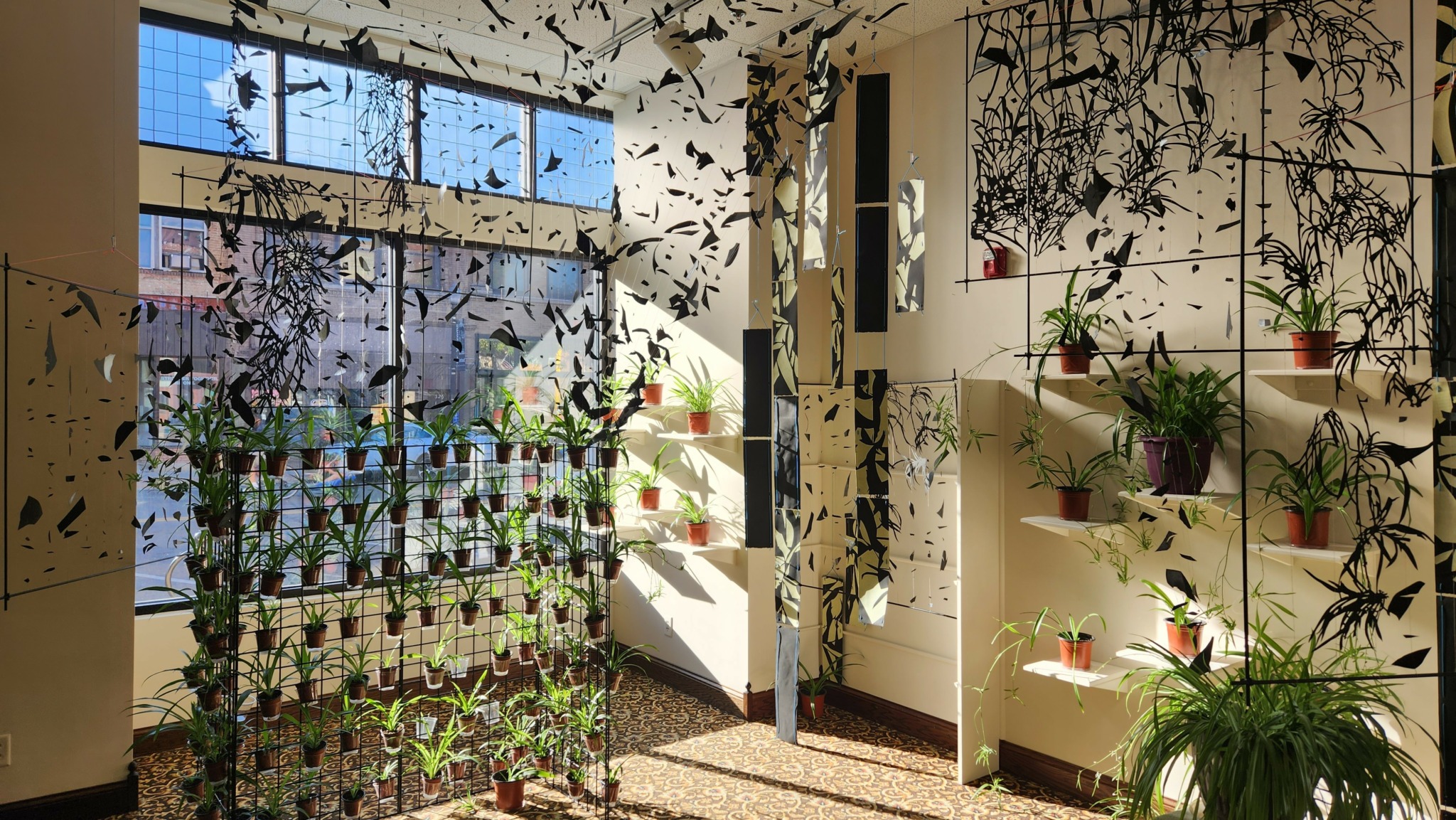
Are there any resources you wish you knew about earlier in your creative journey?
Despite showing early interest and skill in the arts and being surrounded by supportive family and teachers, no one knew how one might make a living as an artist outside of graphic design or teaching. The guidance went as far as “maybe go to college and figure it out,” which is what I ultimately did, but was definitely not necessary. What was necessary was learning that there is a multitude of resources and opportunities available to artists, it’s just a matter of knowing where to look and regularly applying yourself. Financial or otherwise, grants, residencies, fellowships, exhibitions, commissions, vending, and creative community centers are but a few of the vast array of resources available to support, connect, and enrich creatives, all of which I consistently apply for and/or utilize to sustain myself. For example. I am a life-long Minnesota resident and, until college, had no idea how much grant funding is available to artists here at both the regional and state levels, funding which I have earned and continue working in hopes to again.
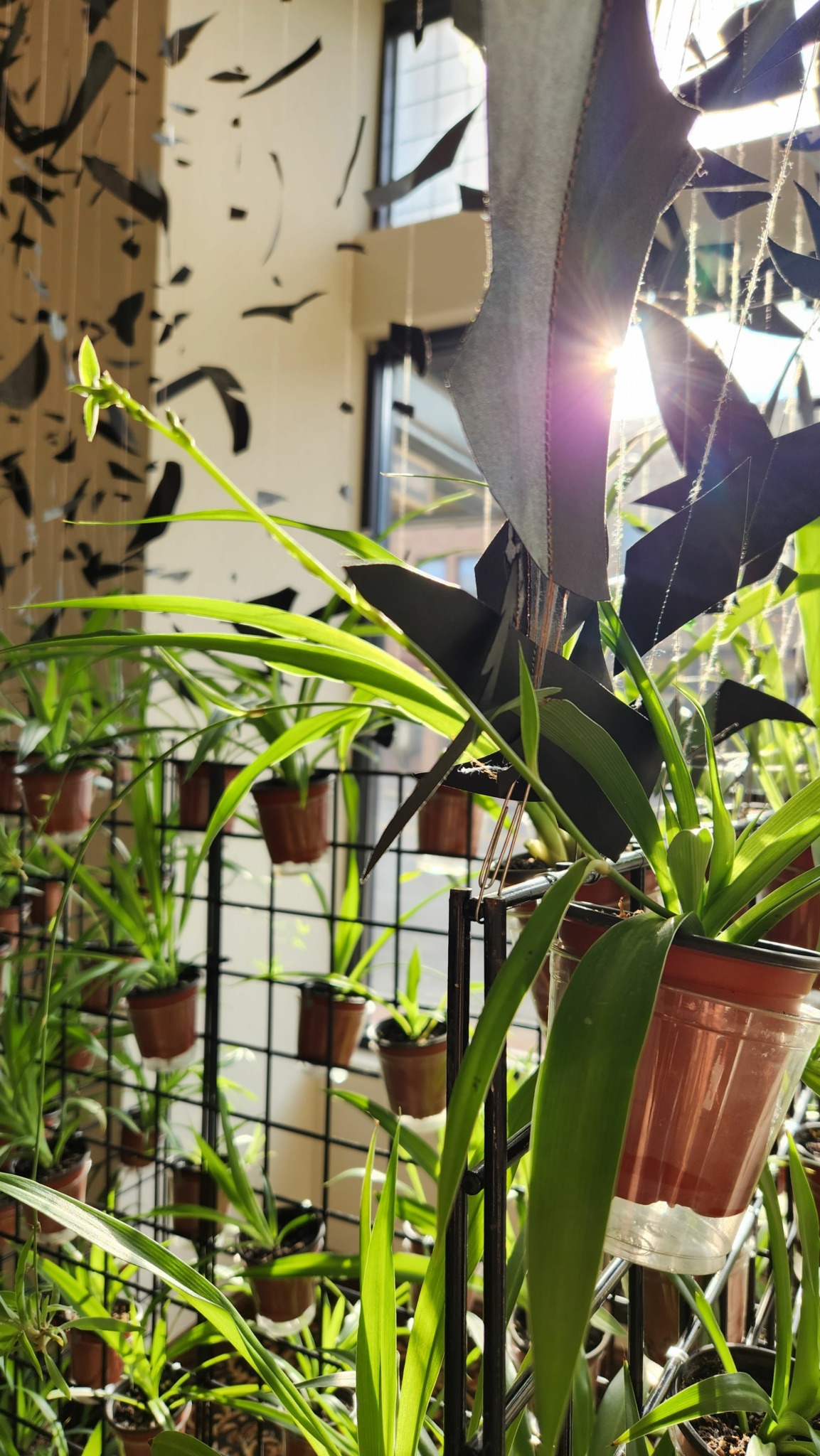
How about pivoting – can you share the story of a time you’ve had to pivot?
Upon completion of my MA in Spring, 2017, I was offered an adjunct position at MNSU which I happily accepted. I knew it was temporary and was content to keep up my routine while transitioning away from student life; I would continue teaching the courses I had been during the graduate program or those within my disciplines while pursuing my own studio work on days off. Adjunct funding ran dry and my last semester teaching at MNSU was Fall 2019. Despite my disappointment with leaving what felt like home, let alone in the middle of the academic year, I had been braced for this change and was ready. I secured part-time employment, established a home studio, had future exhibitions to work toward, and was applying for grants and residencies. Then came the pandemic, for which I was unexpectedly poised to navigate. I didn’t have to deal with the stresses of figuring out how to teach hands-on studio courses virtually, access my campus studio, or how to maintain income. My part-time job would tide me over until I earned my first large commission as well as my first Minnesota State Arts Board Grant in 2021. In spring 2022, I was perfectly poised to accept an emergency leave replacement teaching position in the art department at Gustavus Adolphus College, an opportunity I would not have been able to seize in my former routine. Life is a series of pivots both unexpected and otherwise, and they’re most certainly for the best if that’s what you choose to make of them.
Contact Info:
- Website: https://www.shelleycaldwell.com/
- Instagram: https://www.instagram.com/scald_art/
- Facebook: https://www.facebook.com/shelley.caldwell1/

